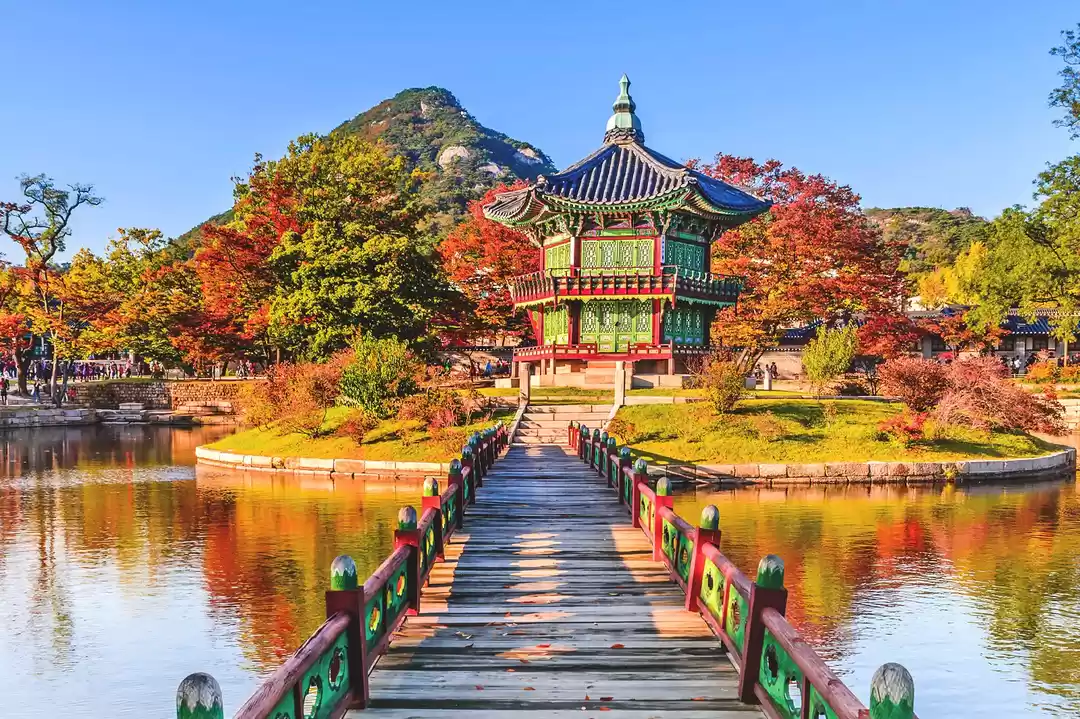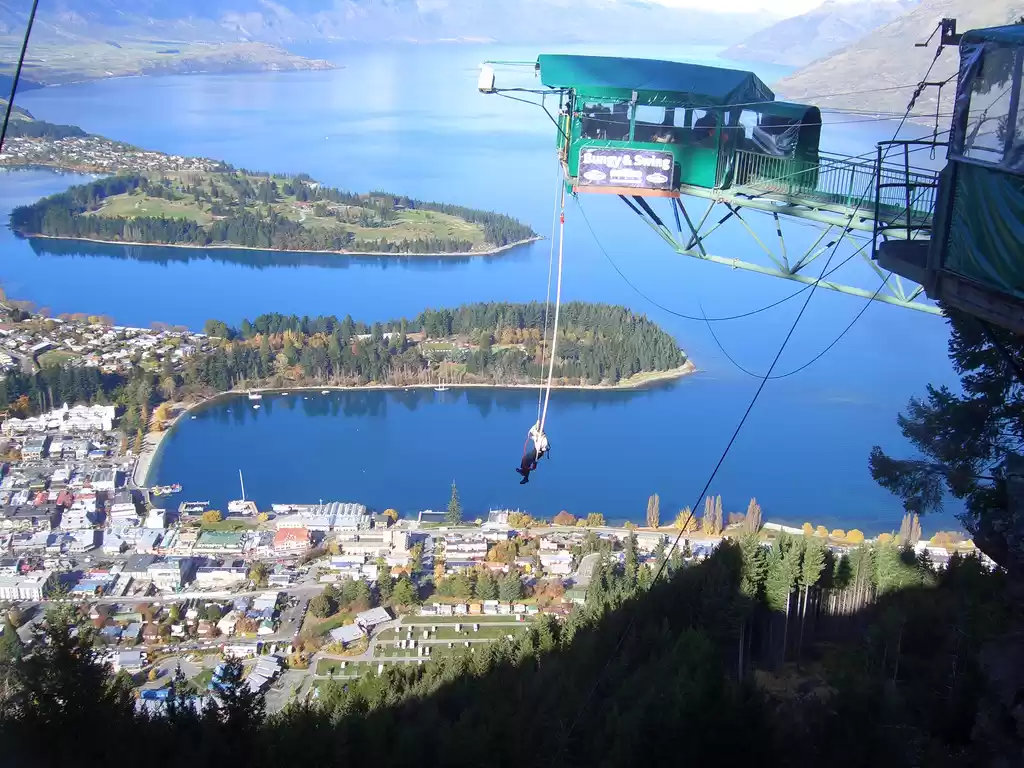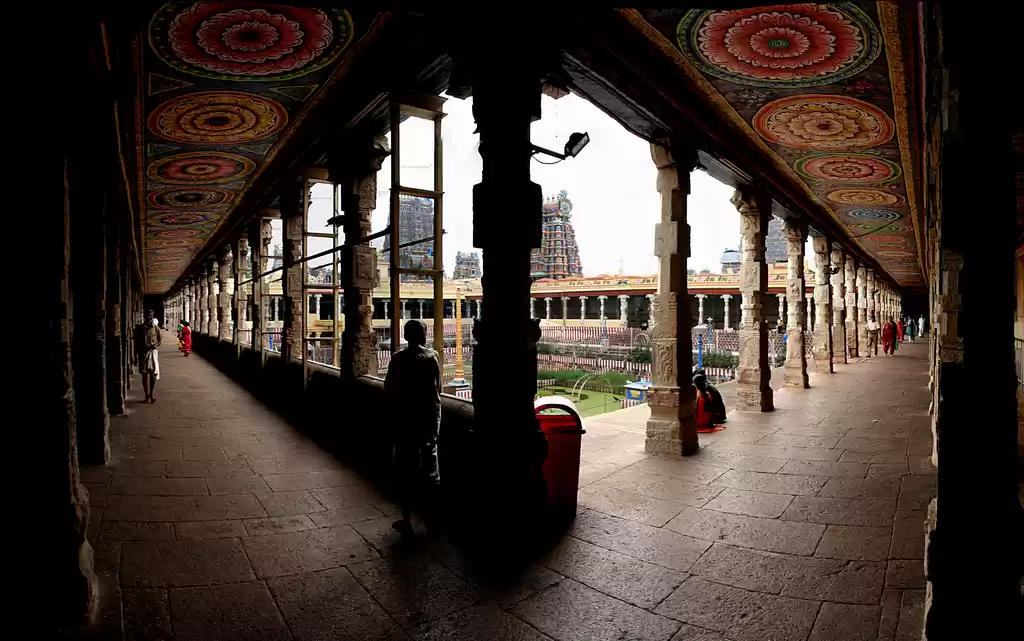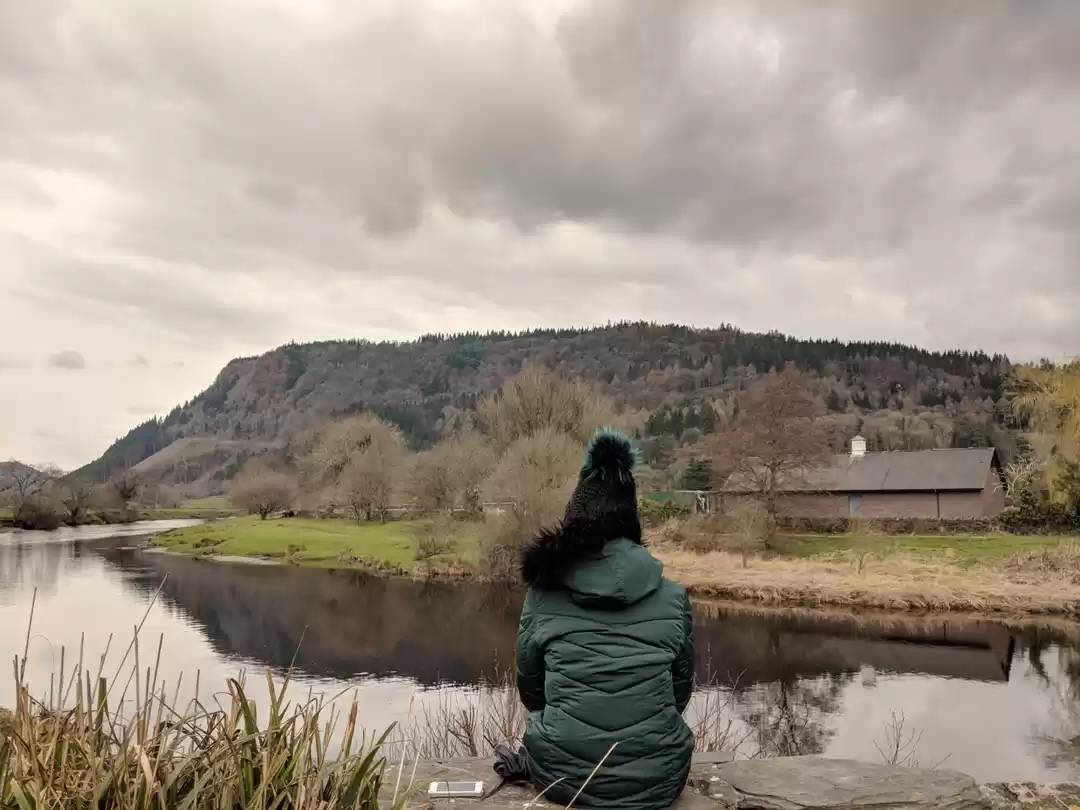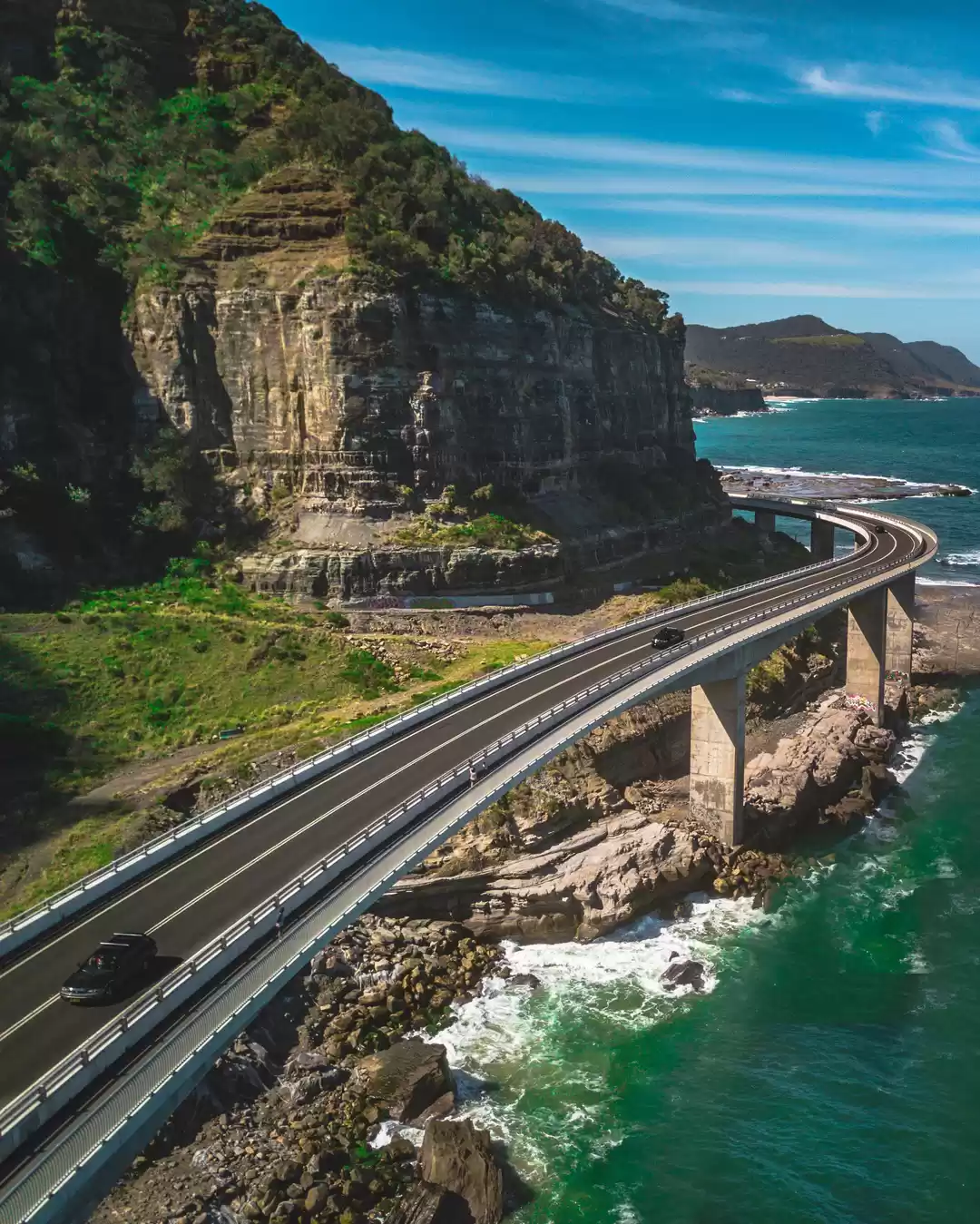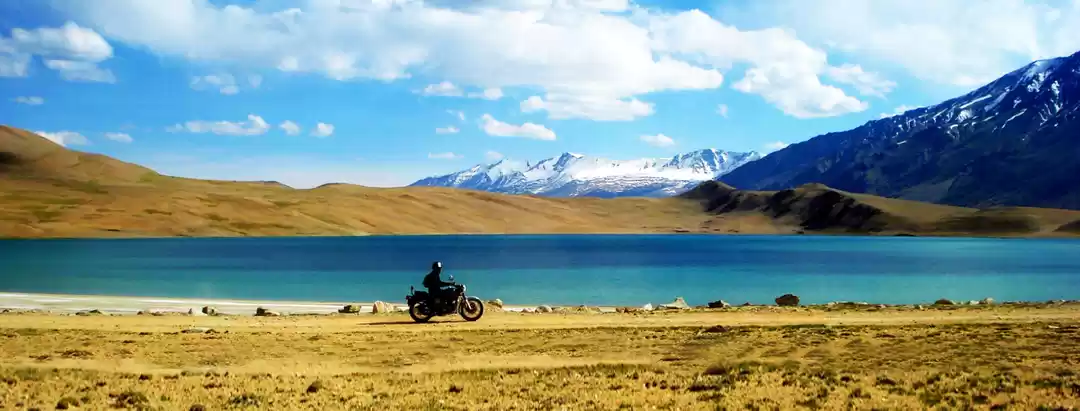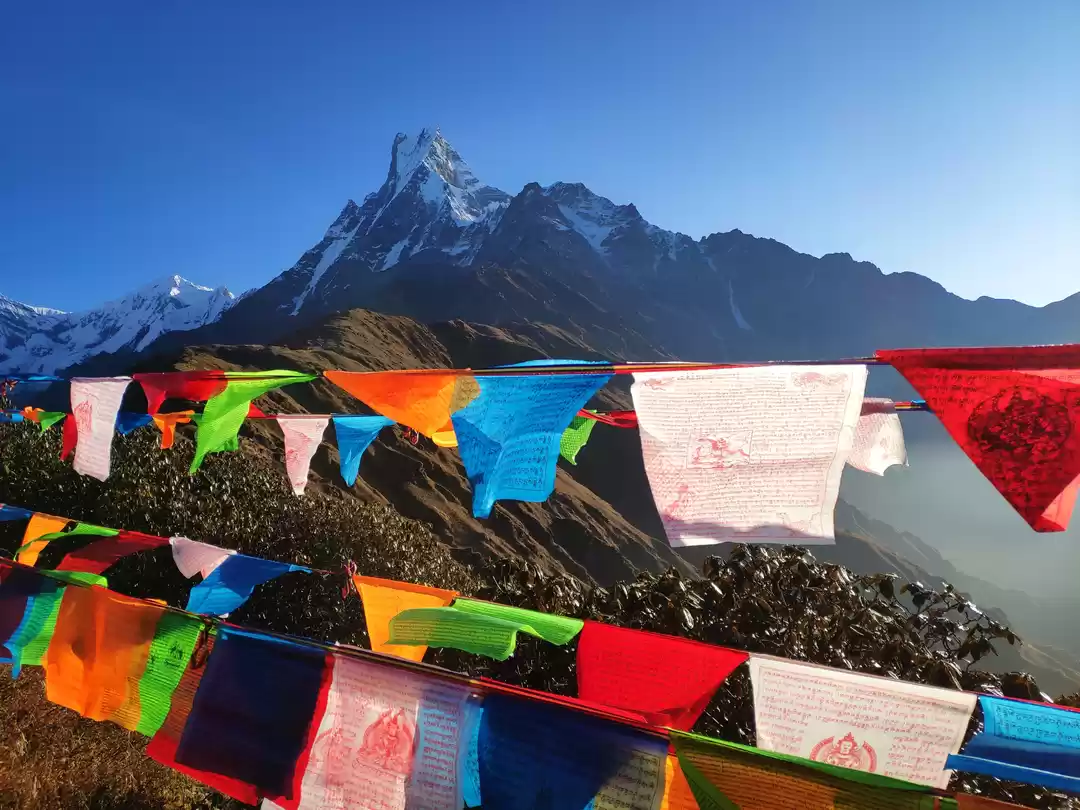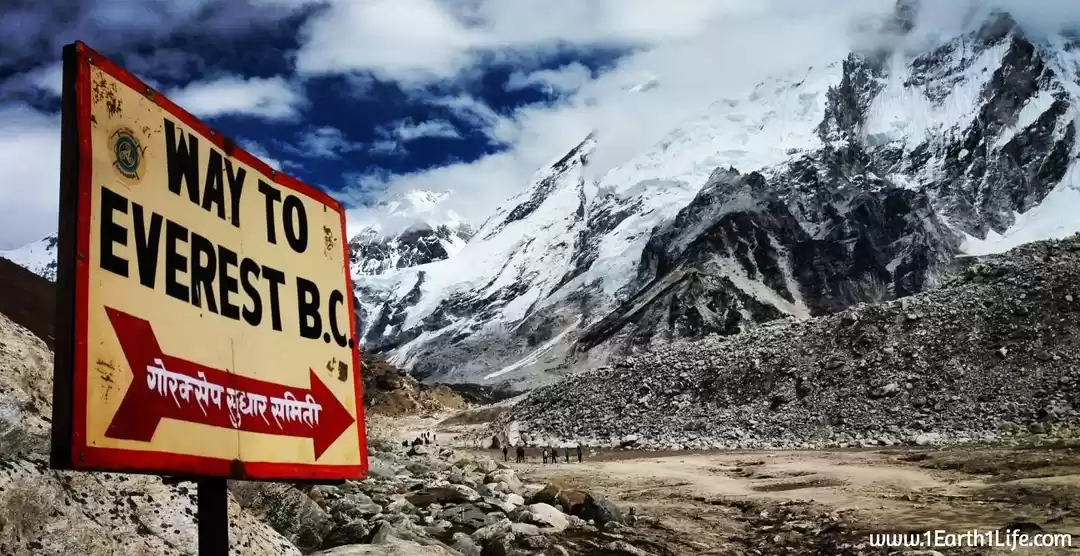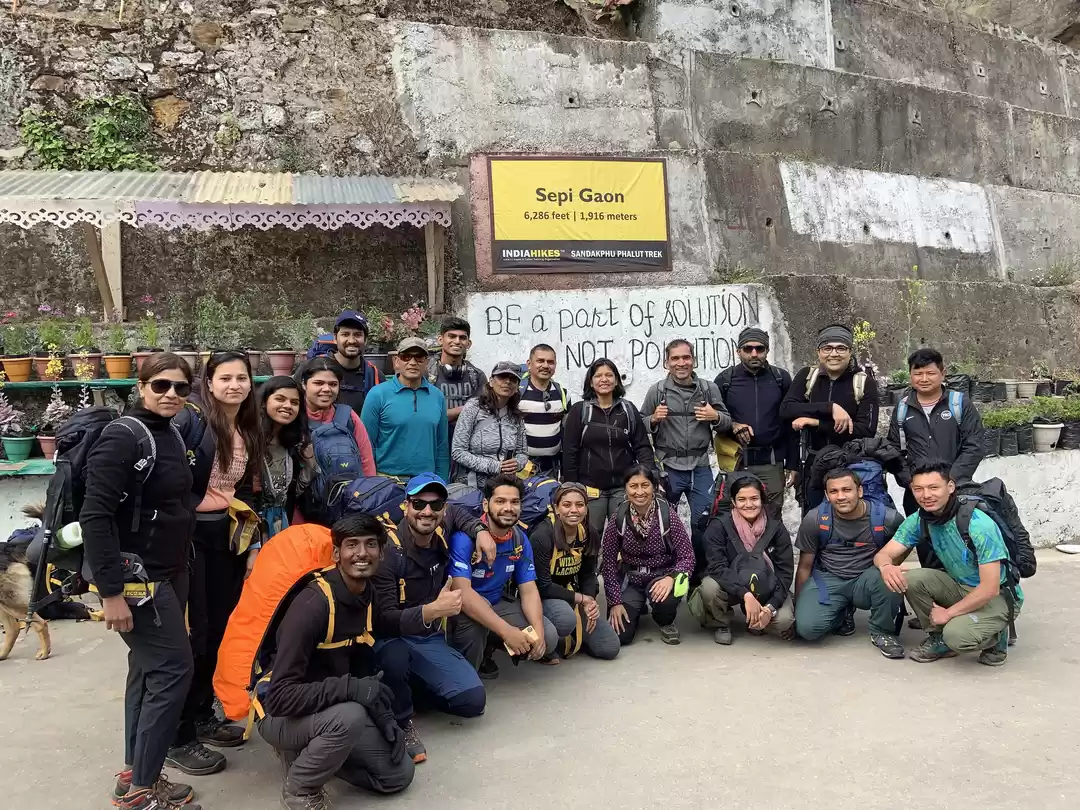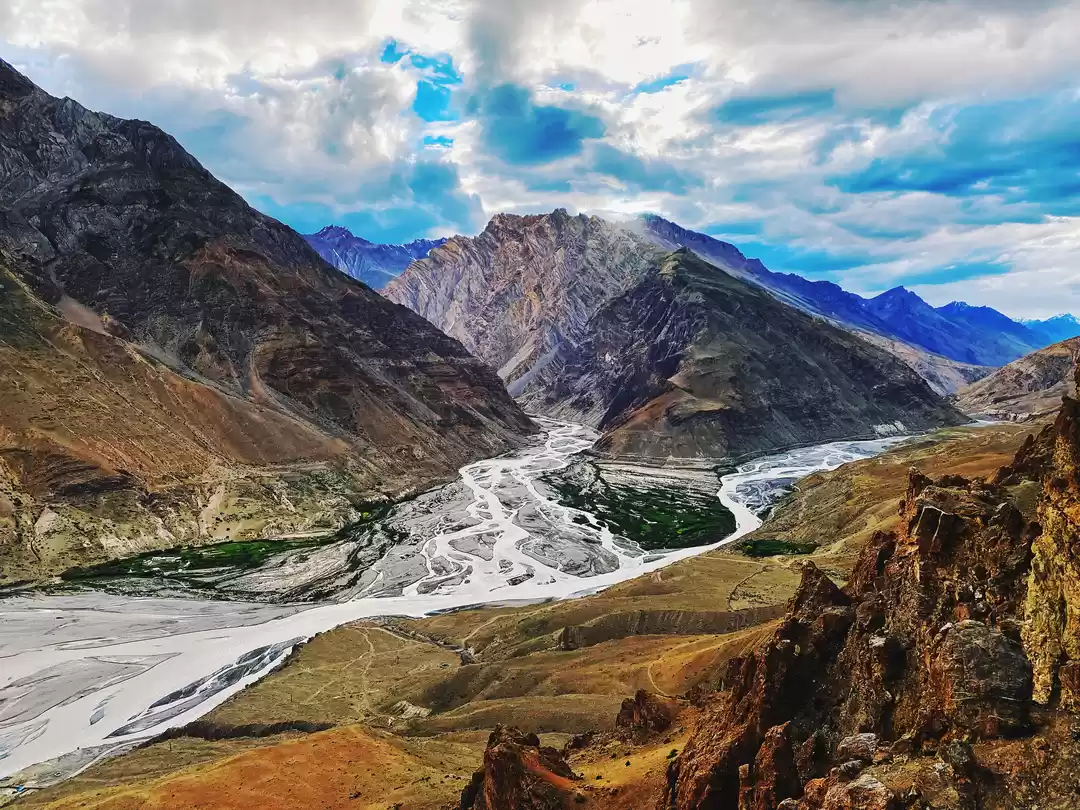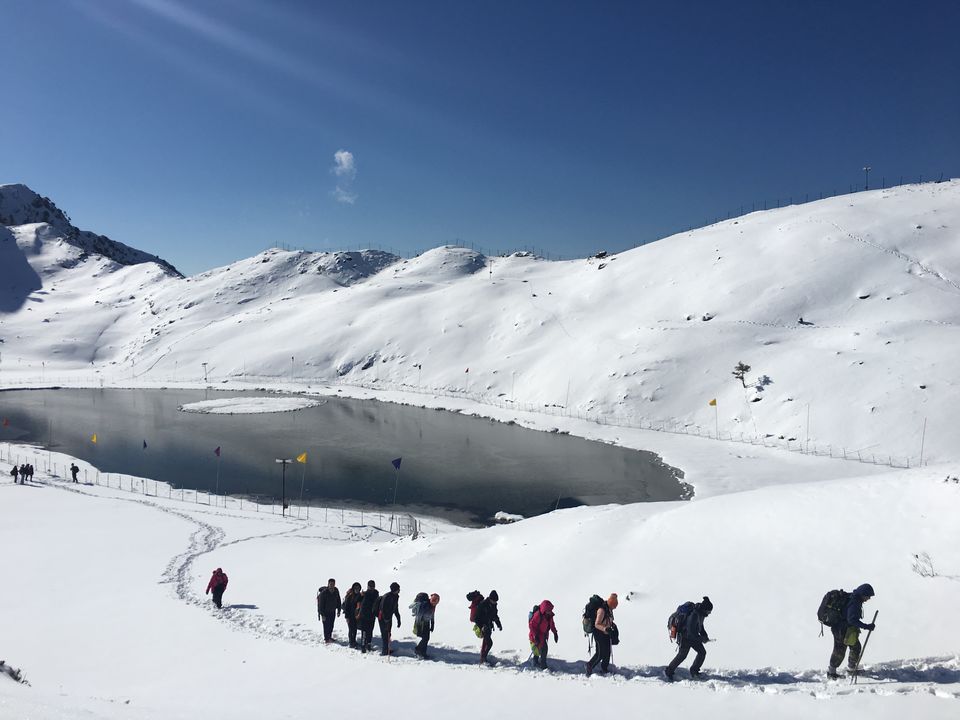
I have seen many people who would judge the trek very early without knowing the technicality behind the climb, what matters to them is the terrain and not the other most important aspects of mountaineering i.e. altitude and temperature which results in fainting or death. I would like to warn the readers that don't take mountains casually because they have their own rules which are not Hippocratic like humans but are rather tough ones, so never underestimate the mountains.
Over an average reported cases in high altitude region are mainly caused due to the breathing problems. People should first understand the technical aspects of altitude and its consequences.
I would first like to categorize altitudes in 6 categories which are low (0-2000 ft); medium (3000-7000 ft); high (8000-12000 ft); very high (13000-17000 ft); extreme high (18000-25000 ft) and Ultra high/ Death Zone (26000 ft and above). The following table shows how the level of effective oxygen decreases from sea level to death zone.
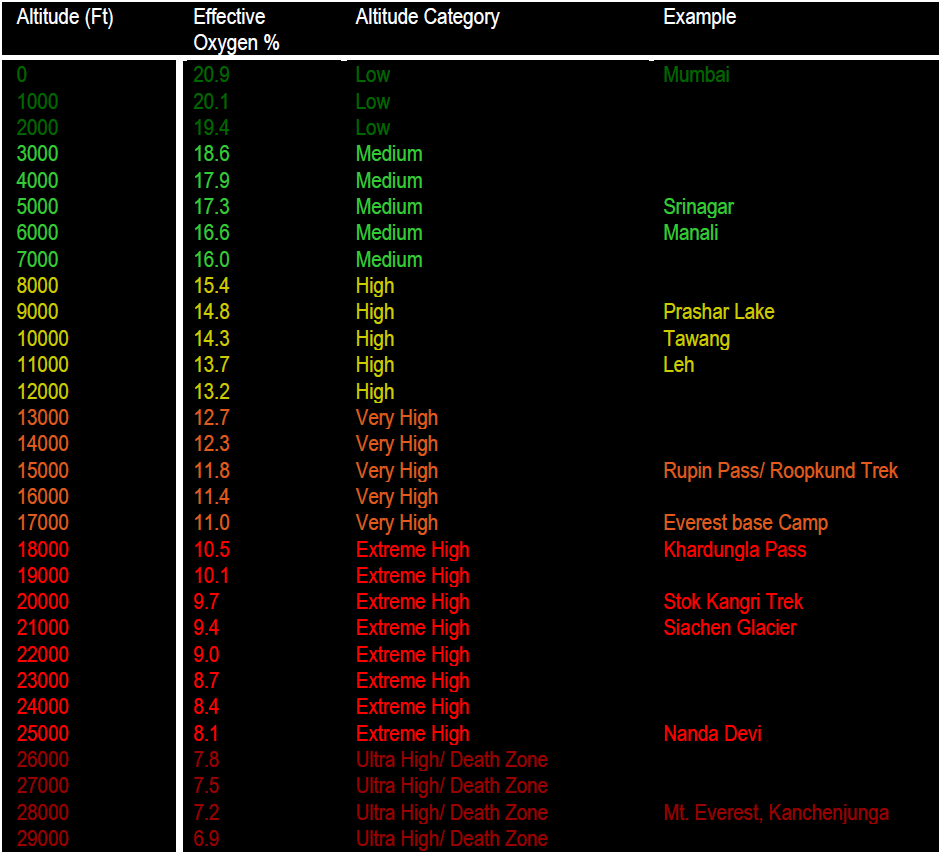
If we look at the gases present in the atmosphere then 78% is Nitrogen, 20.9% is Oxygen and rest comes under traces. As per The Occupational Safety and Health Administration, OSHA, the optimum level of oxygen for Humans and Animals is between 19.5 and 20.9%.
Usually till 7000 ft its all fine although some people may feel nauseous but that does not affect. But when you come in the high altitude range, things may go wrong if your actions are not in sync with the atmosphere. At levels at or below 17 percent, your mental abilities become impaired and you may feel nauseous. When levels drop to 16 percent or below, noticeable changes will start to show like loss of appetite and thirst while levels under 14 percent will cause extreme exhaustion from physical activity including nausea, fatigue and every time you will struggle to breathe. Once levels drop below 10 percent, you may become very nauseous or lose consciousness. Humans won't survive with levels at 6 percent or lower. The rate of ascent, the altitude attained, the amount of physical activity at high altitude, and individual susceptibility are contributing factors to the incidence and severity of high-altitude illness.
High Altitude Pulmonary Edema (HAPE):
High Altitude Pulmonary Edema is a severe altitude illness, a potentially deadly condition that develops because the lung arteries develop excessive pressure in response to low oxygen, resulting in overflow of fluid in the lungs. Though it often occurs with AMS, it is not felt to be related and the classic signs of AMS may be absent. Symptoms related to HAPE are:
1 Extreme fatigue
2 Breathlessness at rest
3 Shallow breathing
4 Cough, possibly productive of frothy or pink sputum
5 Rattling breaths
6 Chest tightness, fullness, or congestion
7 Blue or gray lips or fingernails
8 Drowsiness
If a person show the symptoms of HAPE then he/she has to be taken down to a low altitude immediately i.e. to the ground level.
High Altitude Cerebral Edema (HACE):
High Altitude Cerebral Edema is when the brain swells and ceases to function properly. The classic sign of HACE is the ability to think. There may be confusion, changes in behavior, or lethargy. There is also a characteristic loss of coordination that is called ataxia. This is a staggering walk that is similar to the way a person walks when very intoxicated on alcohol. Other symptoms are Difficulty in speaking, Hallucinations, Blindness, Paralysis of a limb, Seizure, Unconsciousness, Total paralysis and Coma.
To test if a person has HACE or not, he/she should be asked to draw a straight line and should also be asked to walk in a straight line. If the person has HACE then he/she should be immediately taken down to the safe altitude.
Things to avoid AMS:
The first important thing to prevent AMS is say no to Alcohol. It acts as a catalyst in developing AMS symptoms. The key to avoid AMS is gradual ascend i.e. acclimatize your body prior to the high ascend. If possible then you should spend one night at an intermediate elevation below 10000 ft and then with the gradual increase in the altitude, you should acclimatize yourself by enough resting, keep yourself hydrated every time, caffeine can also be helpful at higher altitudes and start your Diamox course 24 hours before the ascend.
Covering all the points, there is just one important point to avoid AMS
IF YOU HAVE AMS THEN DO NOT ASCEND FURTHER AND START DESCENDING and TREK HIGH, SLEEP LOW.
Happy Wanderlust !
-Abhay Gupta

















